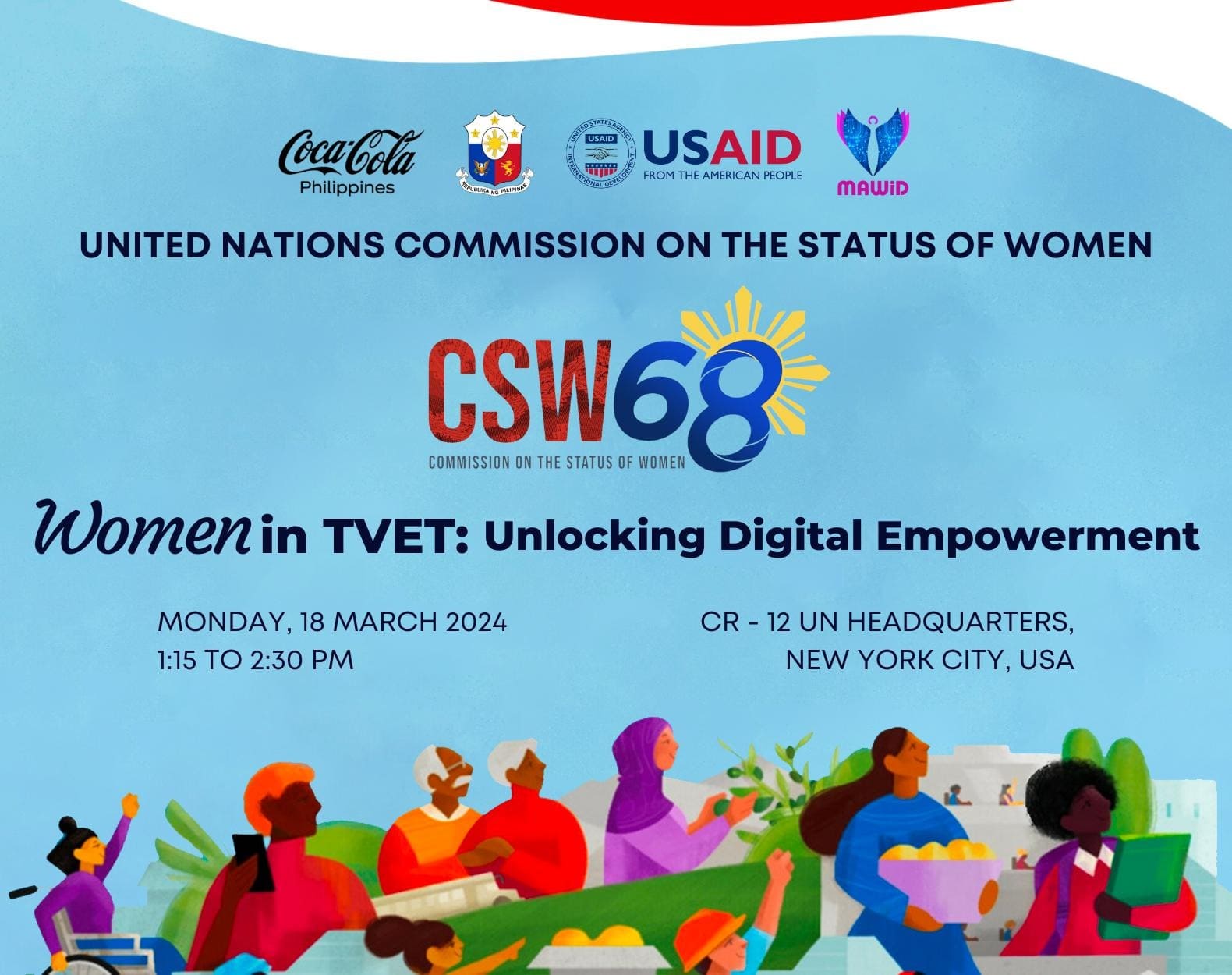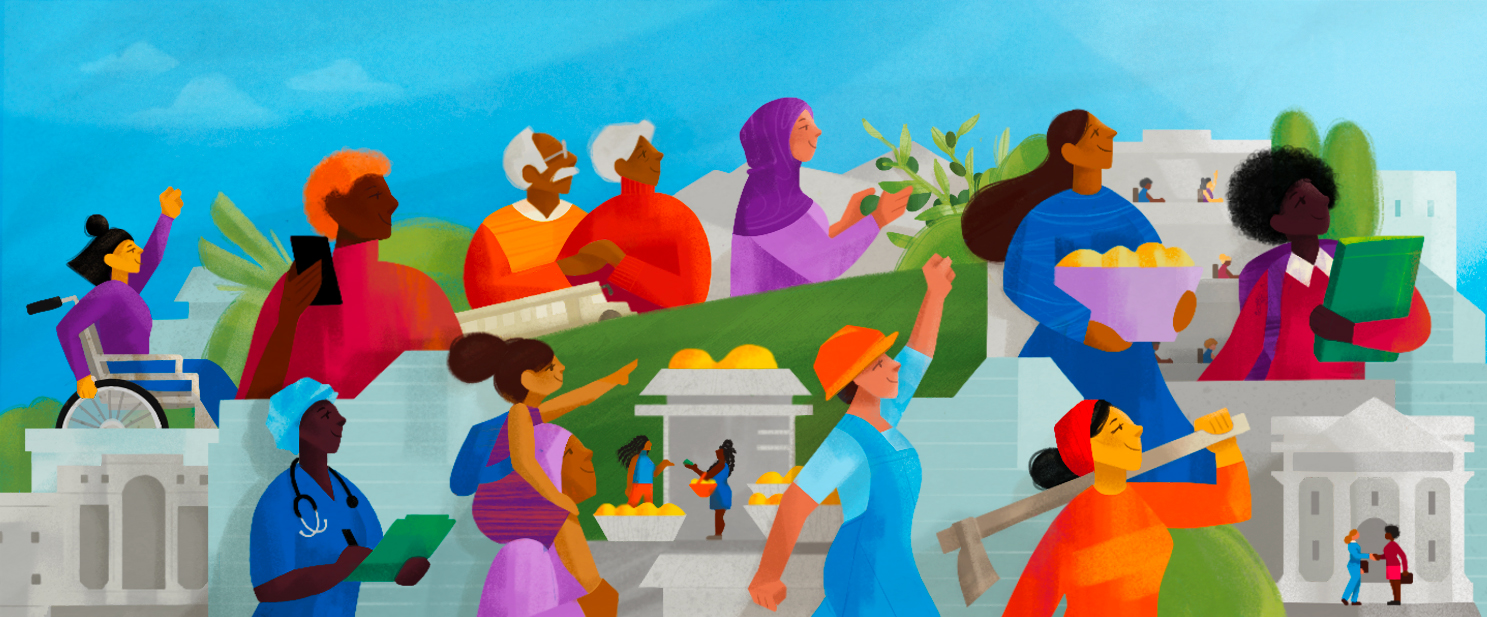
Women have been defying societal challenges as they champion gender equality and empowerment. However, as we traverse the digital age, women’s rights and safety are still undermined and even compromised. Poverty remains the world’s biggest issue today as the gap between the wealthy and the impoverished continues to widen, especially during the recent years of the pandemic. Consequently, women remain disproportionately affected by poverty, more so with regard to their health, employment, and safety . Moreover, women are not limited to experiencing gender inequality only; they also face multiple intersections of discrimination such as racism, classism, and ableism , and stereotypes of women being mere household caretakers are also being reinforced by cultural norms. These multiple layers of inequality, prejudice, and injustice continue to be a battle that women constantly face each day.
Many governments have undertaken digital transformation in the hopes of alleviating poverty with the use of available technology. Transitioning to e-governance aims to make transactions with the government easier, more efficient and transparent, and for government services to be more accessible and inclusive through digital platforms.
While the fullest potential of e-governance has yet to be realized, its impact, or lack thereof, on the various segments of society may already be observed. Through a gender perspective, societies need to take a closer look at whether digital transformation in government systems and processes indeed contributes in reinforcing institutions to promote gender equality while making resources, both public and private, available for programs that uplift the lives and welfare of women and girls. Does e-governance actually help create safe spaces for women to take on a proactive role and enable themselves to be empowered and become agents of change? How can the gender perspective play a significant role in e-governance initiatives? How can digitalization further promote investments in programs and infrastructure that will help strengthen women’s empowerment and gender equality? How can the media create and sustain a dialogue to help promote women’s involvement in digital transformation to bridge the gender gap?

